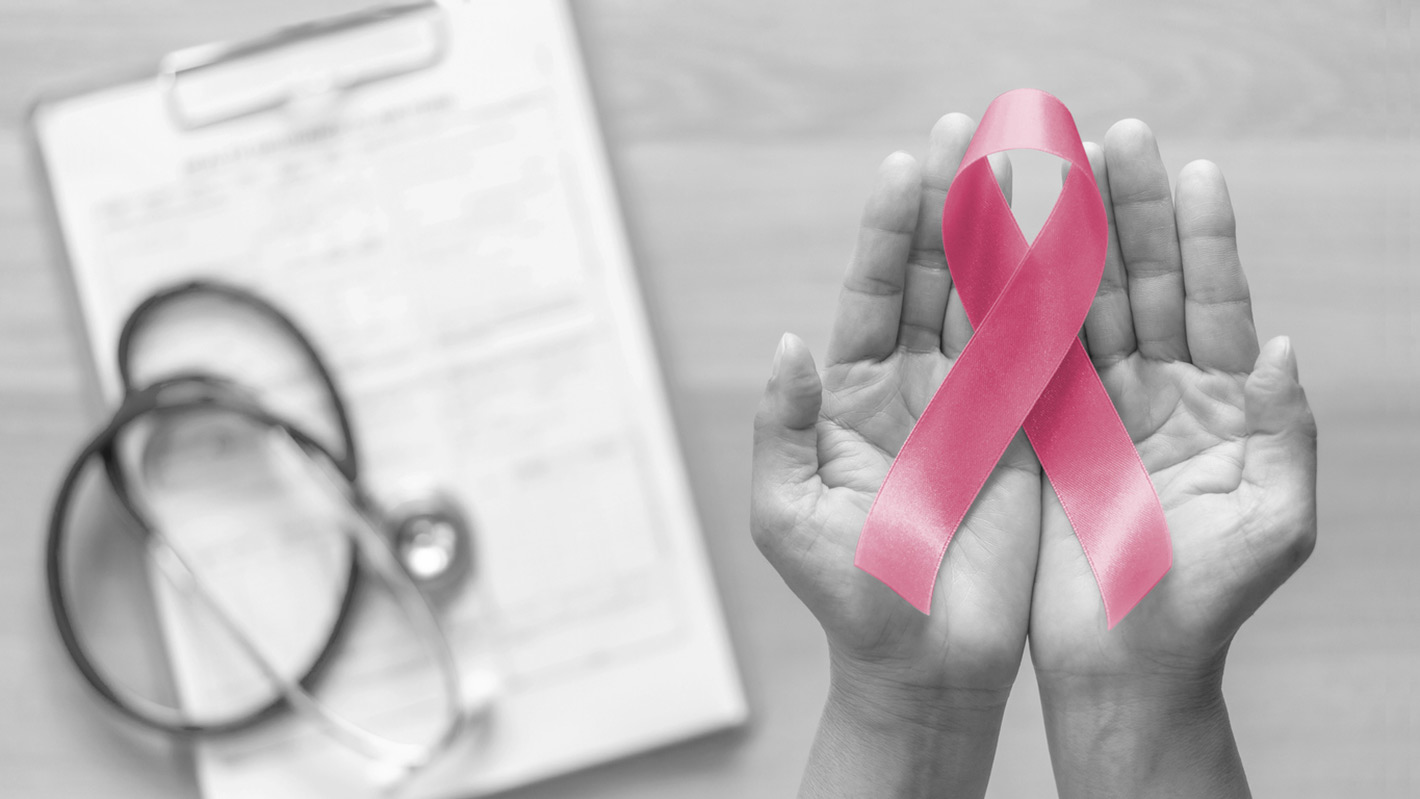
Each year throughout the month of October, countries across the globe participate in Breast Cancer Awareness Month to increase awareness and support for the knowledge, early detection, treatment, and care of this disease.
Breast cancer is the most common form of cancer in women worldwide (however male breast cancer does occur and should be taken seriously), and Health Finder notes that one in eight women born today in the United States will be diagnosed with breast cancer at some point in their lives. According to the World Health Organization, there are about 1.38 million new cases and 458,000 deaths from breast cancer each year.
By sharing such information, we hope to lend a part in advancing the awareness and availability of resources and treatment to those impacted. Following, we take a closer look at breast cancer, from detection to treatment and beyond.
Detecting Breast Cancer
There are multiple tests and procedures used to diagnose breast cancer. Screening is of the utmost importance. The goal of breast cancer screening is to check for the possibility of the disease. Ideally, regularly scheduled breast exams will catch it early. Early-stage cancers are easier to treat than later-stage cancers, and the chance of survival is higher. Routine screening for breast cancer can absolutely lowers one’s risk of fatal breast cancer.
Self-Examination
Individuals should regularly perform at-home breast exams. Adult women of all ages are encouraged to perform such an exam at least once a month. This can be done, according to the National Breast Cancer Foundation, by using the pads of your fingers to move around your entire breast in a circular pattern from the outside to the center, checking the entire breast and armpit area. Check both breasts, feeling for any lumps, thickening, or hardened knots. Notice any changes and get lumps evaluated by a healthcare provider.
A few other means of testing for breast cancer include:
Professional Breast Exam
A doctor will check both breasts and lymph nodes in the armpit, much in the manner that one can do at home, feeling for any lumps or other abnormalities.
Mammogram
A mammogram is an X-ray of the breast. Mammograms are commonly used to screen for breast cancer. If an abnormality is detected on a screening mammogram, a doctor might recommend a diagnostic mammogram to further evaluate that abnormality.
Breast Ultrasound
Ultrasound uses sound waves to produce images of structures deep within the body. An ultrasound might be used to determine whether a new breast lump is a solid mass or a fluid-filled cyst.
Breast Biopsy
A biopsy of the breast cancer is the only definitive way to make the diagnosis. During a biopsy, a doctor will use a specialized needle device guided by X-ray or another imaging test to extract a core of tissue from the suspicious area. Often, a small metal marker is left at the site within the breast so that the area can be easily identified on future imaging tests.
Biopsy samples are sent to a laboratory for analysis where experts determine whether the cells are cancerous. A biopsy sample is also analyzed to determine the type of cells involved in the breast cancer, the aggressiveness (grade) of the cancer, and whether the cancer cells have hormone receptors or other receptors that might influence treatment options.
Breast Magnetic Resonance Imaging
An MRI machine uses magnetic and radio waves to create pictures of the interior of the breast. Before a breast MRI, the patient will receive an injection of dye. Unlike other types of imaging tests, an MRI doesn’t use radiation to create the images.
Breast Cancer Treatment
A doctor will best determine one’s breast cancer treatment options based on the type of breast cancer, its stage and grade, size, and whether the cancer cells are sensitive to hormones. Because each human being is unique, a doctor will also consider the particular patient’s overall health and personal preferences.
Radiation Therapy
Radiation therapy uses high-powered beams of energy to target, attack and kill cancer cells. External beam radiation uses machines known as linear accelerators to precisely deliver radiation to the affected breast where the cancer is located. External beam radiation of the whole breast is commonly used after a lumpectomy. Doctors may also recommend radiation therapy to the chest wall after a mastectomy for larger breast cancers or cancers that have spread to the lymph nodes.
External beam radiation for breast cancer can last from three to seven weeks, depending on the treatment. A doctor who uses radiation to treat cancer (Radiation Oncologist) determines which treatment is best for each individual patient based on their unique situation, cancer type, and tumor location.
At Central Alabama Radiation Oncology, (CARO) we use the highest quality care and emerging treatments. Our facility houses the most advanced technology of its kind in Alabama, including the Varian TrueBeam Linear Accelerator — an integrated advanced imaging and motion management system able to target tumors with sub-millimeter accuracy. Offering the benefit of short treatment times, it can be used to treat many forms of cancer, including complex cases. You can learn more about CARO’s radiation treatment options here.
Surgery
Operations used to treat breast cancer include:
- Removing the breast cancer (lumpectomy). A surgeon will remove the tumor and a small margin of surrounding healthy tissue. A lumpectomy might be recommended for removing smaller tumors.
- Removing the entire breast (mastectomy). A mastectomy removes all of the breast tissue — the lobules, ducts, fatty tissue and some skin, including the nipple and areola (total or simple mastectomy).
- Removing both breasts. Some women with cancer in one breast might choose to have their other (healthy) breast removed if they have a very increased risk of cancer in the other breast because of a genetic predisposition or strong family history.
- Lymph node removal (sentinel/axillary node biopsy). To determine whether cancer has spread to the lymph nodes, a surgeon might remove the lymph nodes that are the first to receive the lymph drainage from a tumor. If cancer is found in the sentinel lymph nodes, a surgeon might remove additional lymph nodes in the armpit.
Hormone Therapy
Hormone therapy is used to treat breast cancers that are sensitive to hormones. Doctors refer to these cancers as estrogen receptor positive and progesterone receptor positive cancers. The treatment can be used before or after surgery or other treatments to decrease the chance of your cancer returning. If the cancer has already spread, hormone therapy may shrink and control it.
Chemotherapy
Chemotherapy uses drugs to destroy fast-growing cells, such as cancer cells. Chemo is sometimes given before surgery in women with larger breast tumors with the goal of shrinking such tumor to a size that makes it easier to remove with surgery.
Chemotherapy is also used in women whose cancer has already spread to other parts of the body. Chemotherapy may be recommended to try to control the cancer and decrease any symptoms the cancer is causing.
Learn More
CARO offers numerous resources for those looking to get more information about breast cancer, other illnesses, and associated treatments and solutions. Visit our website today for more information.

